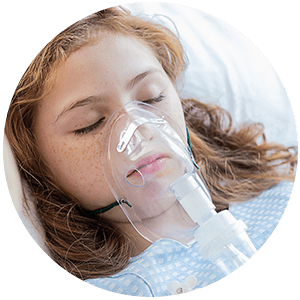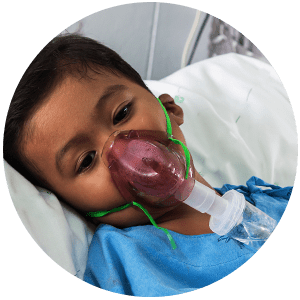There are over 100,000 Americans on the national transplant waiting list. Over the last 50 years the demand for organs has grown continuously. There is far more demand than there is supply. Specifically, there is an excess demand for fresh, viable organs. A recent medical innovation, normothermic regional perfusion (NRP), aimed to help with this problem temporarily revives a dead patient to obtain their organs. What truly is NRP and is it ethical for doctors to revive a dead patient to obtain better quality organs?
The American College of Physicians describe NRP as “organ retrieval after cardiopulmonary arrest and the induction of brain death.” Simply stated, NRP restores circulation to all of a dead person’s organs– except the brain– for the purpose of organ donation.
Here’s how it works. First, the patient is withdrawn from life support and doctors wait for the patient’s heart to stop. Doctors then wait for a brief period of two to five minutes before beginning the surgical procedure. Surgeons open the chest cavity to prepare to harvest the heart and lungs. The surgeon proceeds to block the arteries that carry blood to the patient’s brain by clamping the blood vessels, or by inflating balloons within the vessel lumens to prevent blood flow to the brain. Circulation is then restored throughout the body—everywhere except the brain—via cardiopulmonary bypass or extracorporeal membrane oxygenation (ECMO), and a heartbeat is restored. This keeps the patient’s organs fresh and viable for organ transplants.
Although medical advancements can be extraordinary, NRP raises many ethical and medical concerns.
The Uniform Determination of Death Act (UDDA) is model legislation that establishes the legal basis of a declaration of death in the United States. The UDDA states that death can be determined one of two ways: (1) irreversible cessation of circulatory and respiratory functions, or (2) irreversible cessation of all functions of the entire brain, including the brain stem. In other words, legal death can be determined if biological death has occurred (cessation of circulatory and respiratory functions) or if a patient is deemed by medical opinion “brain dead.” The UDDA coincides with the dead donor rule (DDR). which states that a donor must be dead before vital organs are harvested. A commonly accepted formulation of the rule is that…“organ retrieval also cannot itself cause death.”
NRP begins by following the UDDA standards by declaring biological death, but once circulation is re-established the patient is no longer dead under the UDDA’s terms. In fact, if circulation to the heart can be re-established, was cessation of circulatory function truly irreversible? If the patient is no longer dead under “circulatory death,” the only way to continue NRP is if the patient is declared legally dead under some other form of death. Physicians have to manipulate the body so that the patient is declared dead, but now under the second UDDA pretense, “brain death.” As mentioned, NRP blocks the arteries carrying blood to the patient’s brain so circulation is not restored to the brain. Put simply, doctors have to cause the state of “brain death” in order to harvest organs. If circulation were restored to the entire body including the brain, then the patient would not be considered dead under either of the two UDDA pretenses.
The concept of brain death itself presents several inconsistencies. The belief in “brain death” relies on the idea that the brain is the master integrating organ of the body, therefore the complete and irreversible non-function would cause the body to cease being a unified organism. Many medical cases have contradicted this idea. Individuals can meet the criteria for “brain death” and yet continue to live, demonstrating integrated functions of the body. If this is true, NRP would not only cause severe brain injury, but subsequently kill the patient by organ harvesting.

Don’t miss important Pro-Life stories like this.
>> Get the Pro-Life Weekly Highlight just once a week:
NRP uses the brain death method by not allowing blood flow to reach the brain. In The Increasingly Permissive and Ethical Standard for Organ Harvesting, Dr. Joseph M. Eble states that “blood flow to the brain ceases the moment doctors intentionally stop it, it is not known when all brain function will irreversibly cease.” The irreversible loss of the brain’s functions does not occur instantly after the arteries are blocked, but some unknown time after. The loss of brain function may not have occurred before organ harvesting begins, in this case a patient is still alive according to both the circulatory and neurological criteria of the UDDA. The medical community generally recognizes that many patients receive anesthesia before organ harvesting occurs and that in many cases the patient’s vitals spike once harvesting begins. Why would anesthesia be given to a dead patient? How can a dead patient’s vitals spike?
Many advocates of NRP believe this is the best way to obtain better quality organs to help save patients, but do the ends justify the means? Should we deliberately end the life of one innocent person to help another? We have a great desire to save human life, but we cannot do this by deliberately ending another life. The question is not whether NRP is possible, but whether it is ethical. Medical advancements do not give us an excuse to try to play God.
Thank you for reading this story! If you support our Pro-Life ministry, chip in with a life-saving contribution today!



